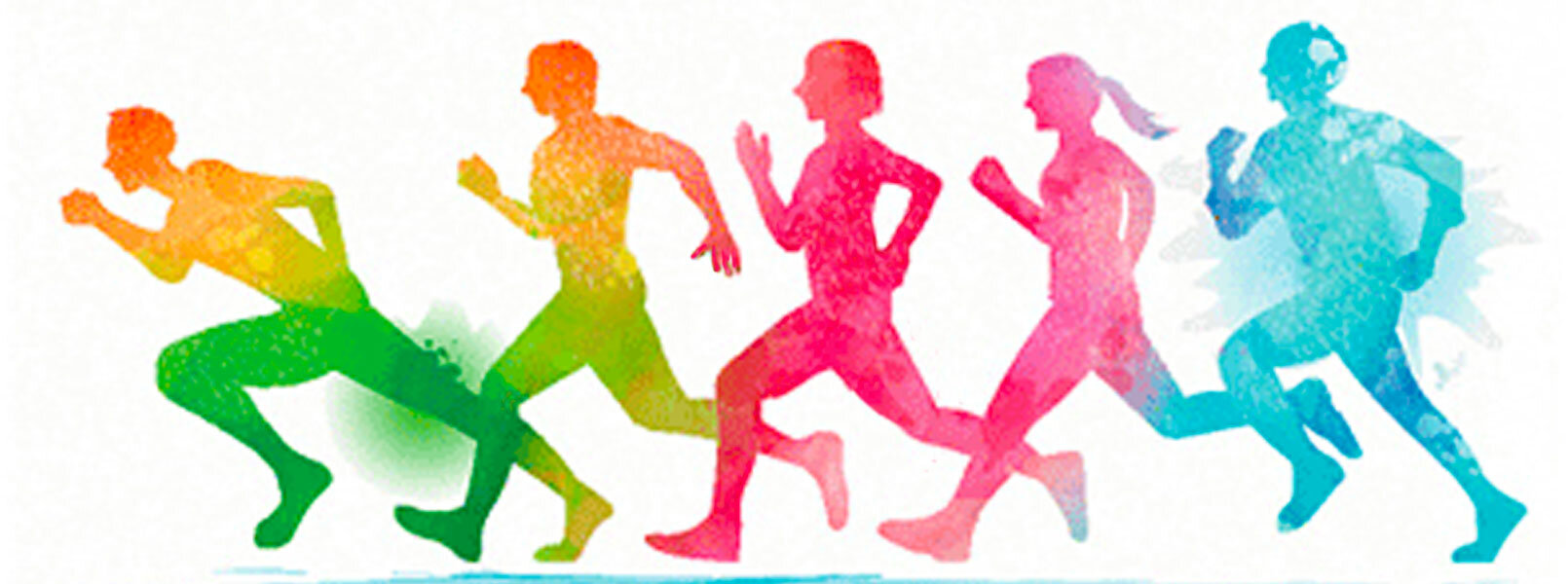Pace yourself
How to speed up and slow down your writing.
I woke up to three Amazon reviews of my new novel: ‘A little slow’ said the first. ‘I liked how it moved fairly quickly,’ said the second. And the third said ‘I read this in a full day.’ So is ‘The Child on Platform One’ a quick read or a slow one? Or perhaps somewhere in between? I guess pace is in the eye of the beholder. Personally I like time to draw breath between events – to savour some description, to reconstruct a scene in my mind, to imagine a character, and I suppose that’s the way I write, but it doesn’t suit everyone.
Yet it set me thinking how we can slow down or speed up our writing. Generally, narrative drives the story forward (unless of course it’s flashback). So if I relate one event after another, with little contemplation, description or philosophical digressions, then the writing can have pace. I can speed this up still further if I use monosyllabic words, short sentences, contractions (‘he’d’ for ‘he would,’ ‘they’ve’ for ‘they have’ etc) and focus on actions. Dialogue can also create pace, particularly if it is short or snappy. But if there is too much narrative and dialogue the writing can feel breathless and too intense. The reader isn’t allowed time to stop and think. So description and reflection, provided it’s not overused, can give us space between events, thus making them more dramatic because we are allowed to focus on them. I suppose it’s a question of balance. Readers who want page-turners require more narrative and dialogue, and less description and reflection. Readers who like to linger and enjoy visualisng scenes and characters need the emphasis tilted towards the ‘slower’ elements of writing - the scene-setting and interiority that slow things down.
As writers we can’t please everybody – nor should we try to – or we end up pleasing no one. My instinct is to vary the pace for variety and authenticity. And I suspect that’s what I will continue to do.
